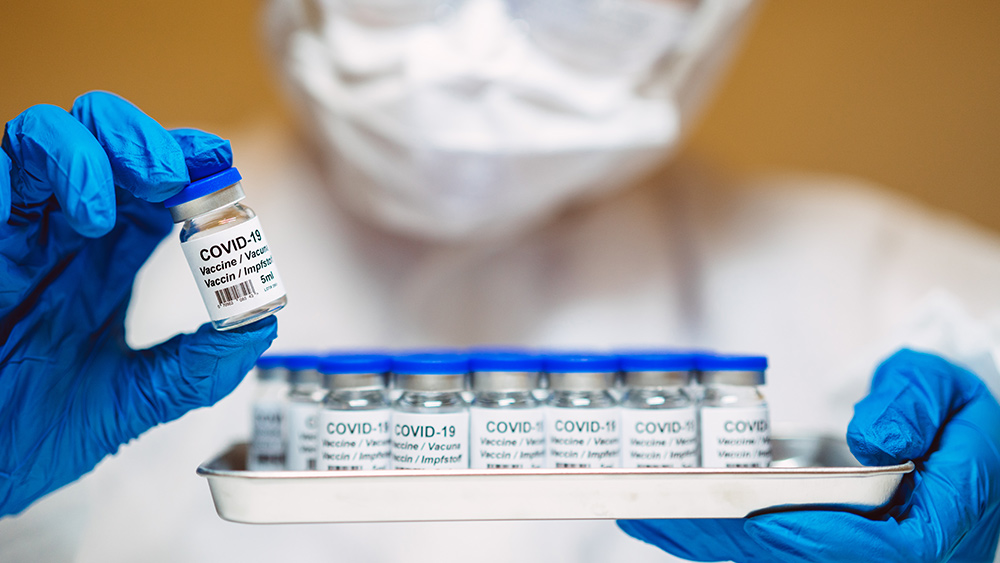 Parler
Parler Gab
Gab
Earlier study also outlines dangers of microplastics in face masks
Hull York Medical School researcher Laura Sadofsky, senior study author of the March 22 paper, said: "We did not expect to find the highest number of particles in the lower regions of the lungs, or particles of the sizes we found. It is surprising, as the airways are smaller in the lower parts of the lungs and we would have expected particles of these sizes to be filtered out or trapped before getting this deep." She said the data they found "provides an important advance in the field of air pollution, microplastics and human health." In 2021, a group of Chinese researchers looked at the risks of microplastic inhalation connected with wearing face masks. Their study was published in June 2021 in the Journal of Hazardous Materials. The study authors found that while wearing face masks poses a risk of inhaling microplastics, reusing them makes the risk higher. "Considering poverty and resource reuse behavior worldwide, reusing masks with or without applying a disinfection process is a common practice. Reusing masks after they underwent different disinfection pre-treatment processes can increase the risk of particle and fiber-like microplastic inhalation," they wrote. The researchers also found that the type of mask worn and the duration of wear also played a role in how much microplastics were inhaled. "[Wearing] surgical, cotton, fashion and activated carbon masks pose higher fiber-like microplastic inhalation risk, which all masks generally reduced exposure when used under their supposed time [of less than four hours]," they wrote. The June 2021 study appeared to endorse N95 masks, with the researchers pointing out that this kind of face-covering "poses less fiber-like microplastic inhalation risk" and "reduces the inhalation risk of spherical type microplastics by 25.5 times compared [to] not wearing a mask." Watch this video showing the unsanitary manner surgical face masks are manufactured. This video is from the Natural Nana channel on Brighteon.com.More related stories:
Studies highlight the dangers of face masks for children. Top 8 reasons young children are better off WITHOUT a Wuhan Virus mask on their face. FINDING: Masks will silently deprive humans of oxygen for years to come through microplastic pollution. "Mask mouth," skin disease and breathing difficulties: Experts reveal the dangers of prolonged use of face masks. Sources include: DailyExpose.uk ScienceDirect.com 1 ScienceDirect.com 2 Brighteon.comDeborah Birx hid covid info from Trump, altered CDC guidelines without approval
By Ethan Huff // Share
Germany’s birth rate improbably falls by 11% in the first quarter of 2022
By Lance D Johnson // Share
By Mary Villareal // Share
Governments continue to obscure COVID-19 vaccine data amid rising concerns over excess deaths
By patricklewis // Share
Tech giant Microsoft backs EXTINCTION with its support of carbon capture programs
By ramontomeydw // Share
Germany to resume arms exports to Israel despite repeated ceasefire violations
By isabelle // Share










